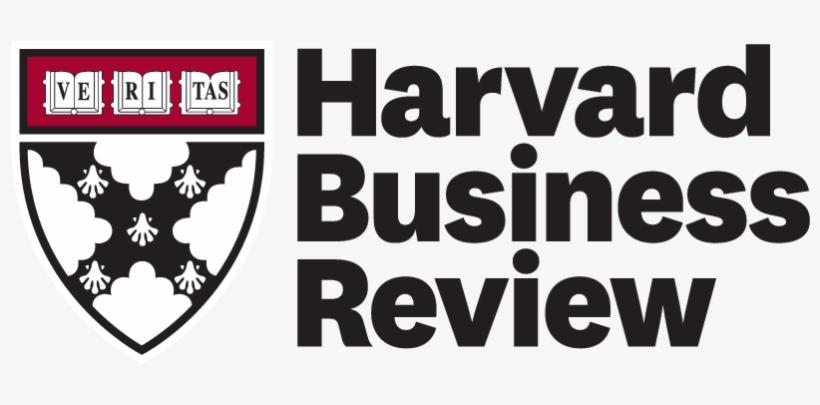
HBR profiles FSG’s work for USCG
Future Strategy Group’s foresight and scenario-planning work with the US Coast Guard was featured in the July-August 2020 edition of the Harvard Business Review. Harvard Business School foresight scholar J. Peter Scoblic takes a deep dive into the Coast Guard’s groundbreaking Long View project, which evolved later into Project Evergreen. Starting with Long View, FSG partnered with the Coast Guard for 15 years in developing scenario-planning tools and programs to help the Service navigate extraordinary change and complexity in the maritime domain, including the 9/11 attacks on the United States, and later the Deepwater Horizon oil spill.
Impressively, the Coast Guard has applied insights from scenario planning across the entire organization, to inform mission planning, hardware acquisitions, infrastructure, human resources, strategic partnerships and R&D investments. Scenario planning has also proved to be a powerful training tool, at all levels of the organization.
Scoblic attributes the Coast Guard’s commitment to an enterprise-wide foresight process to visionary leadership, beginning with then-Commandant James Loy, under whose command Long View was launched. Loy’s idea was for the multi-mission Coast Guard to be always looking over the horizon, anticipating new mission requirements and proactively preparing with the right equipment, systems, doctrine, partnerships and people.
For Loy, and later Adm. Thad Allen, a foresight culture was about building strategic agility. In complex, volatile environments like the maritime domain surprises happen that cannot be planned for. Contending with such uncertainty requires a different, non-linear mindset. Adm. Allen speaks of this as building an organization that both acts and thinks with strategic intent.
Some highlights from the article:
“Management scholars have long noted that, in order to survive and thrive over time, organizations need to both exploit existing competencies and explore new ones. They need to be “ambidextrous.” The problem is that those two imperatives compete for resources, demand distinct ways of thinking, and require different organizational structures. Doing one makes it harder to do the other. Ambidexterity requires managers to somehow resolve this paradox.
Long View and Evergreen helped the service’s leaders do that. The programs didn’t reduce the organization’s ability to attend to the present. If anything, the opposite occurred. Exploration enabled exploitation.”
“Humans tend to conceive of time as linear and unidirectional, as moving from past to present to future, with each time frame discrete. We remember yesterday; we experience today; we anticipate tomorrow. But the best scenario planning embraces a decidedly nonlinear conception of time. That’s what Long View and Evergreen did: They took stock of trends in the present, jumped many years into the future, described plausible worlds created by those drivers, worked backward to develop stories about how those worlds had come to pass, and then worked forward again to develop robust strategies. In this model, time circles around on itself, in a constantly evolving feedback cycle between present and future. In a word, it is a loop.
Once participants began to view time as a loop, they understood thinking about the future as an essential component of taking action in the present. The scenarios gave them a structure that strengthened their ability to be strategic, despite tremendous uncertainty. It became clear that in making decisions, Coast Guard personnel should learn not only from past experience but also from imagined futures.”
Evergreen today is considered the gold standard of foresight and long-term planning in the US government. Private-sector companies struggling to deal with present disruption and future uncertainty should consider applicable lessons from the Coast Guard’s foresight journey. FSG offers an abundance of resources, including the Evergreen doctrine book. And the Scoblic HBR article is a good place to start.

1 thought on “HBR Profiles Our Scenario-Planning Work for the US Coast Guard”